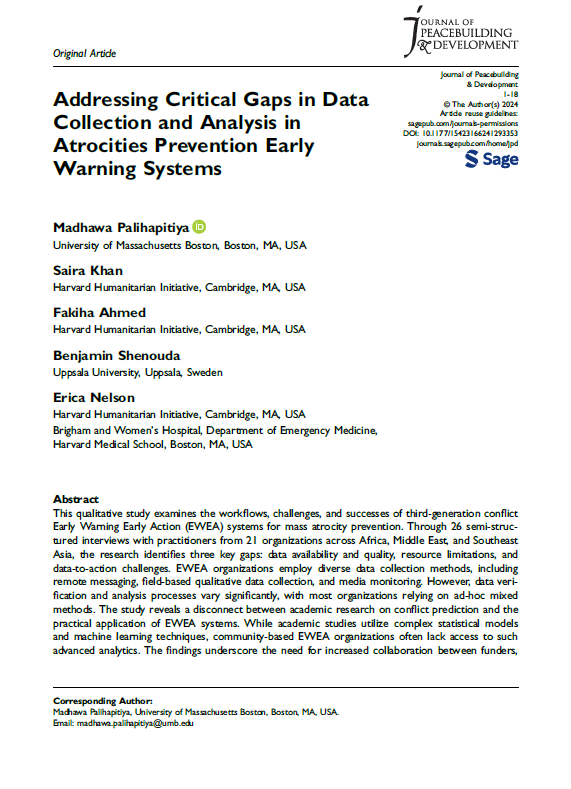Atrocity Prevention Lab
The Atrocity Prevention Lab is a project to strengthen innovation, collaboration, and impact of atrocity and conflict prevention work through the integration of spatial methods and technologies. Launched in 2023, this project was established by the Signal Program on Human Security and Technology at the Harvard Humanitarian Initiative.
Harvard Humanitarian Initiative
14 Story Street, 2nd Floor
Cambridge, MA 02138
Early warning/early action
For the purpose of this project, the operational principles of conflict early warning is defined as: delivering the right information; at the right time; to the right stakeholders; in the right format; for the right action (Palihapitiya 2018). This can mean the collection of data of an impending or unfolding atrocity, relaying that information to civil society, law enforcement, and other key actors to inform timely interventions that prevent the atrocity from occurring at all or mitigating its effects mid or downstream.
Our Gap Analysis Research
Digital Tools

Digital Peacebuilder's Guide
Search for Common Ground and Build Up developed a toolkit that demonstrates the value of digital peacebuilding and provides resources to encourage the uptake of various digital solutions.
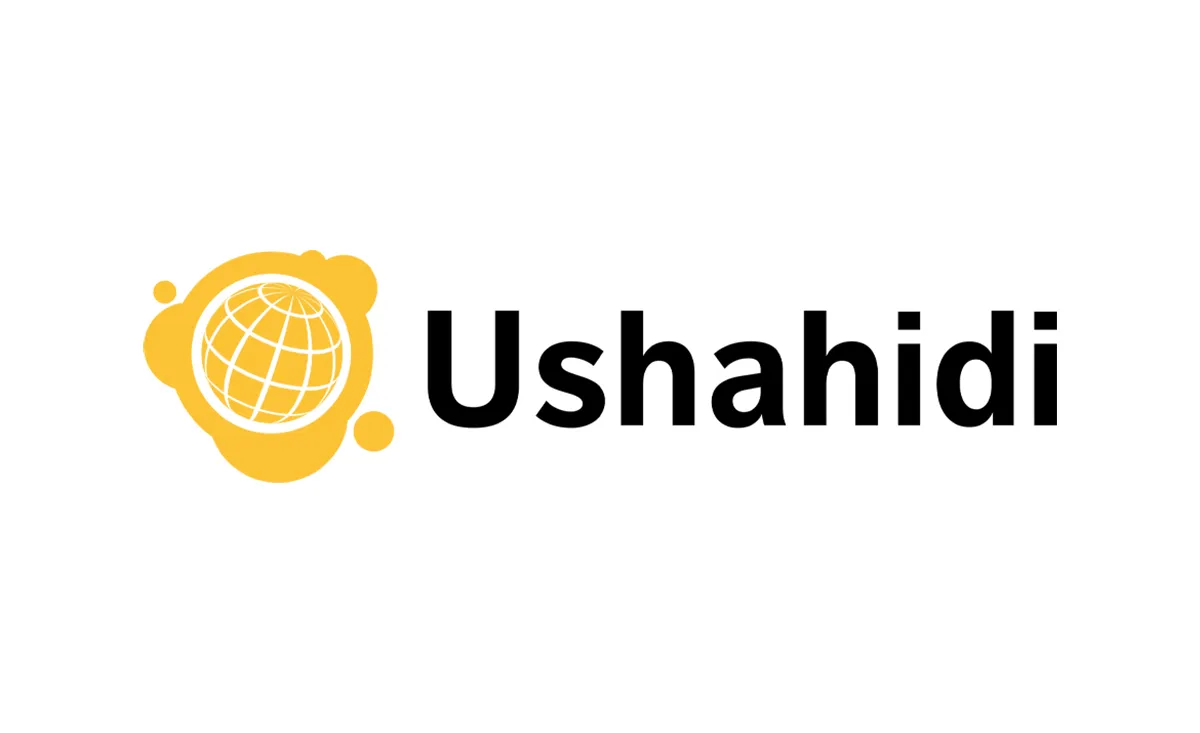
Ushahidi
Taking its name from the Swahili word for “testimony,” the Ushahidi Platform helps communities turn information into action with an intuitive and accessible crowdsourcing and mapping tool.

Empowering Activists Guide
This is a guidebook to help you choose the right documentation tool for your specific situation and with your specific goals in mind.
Documents
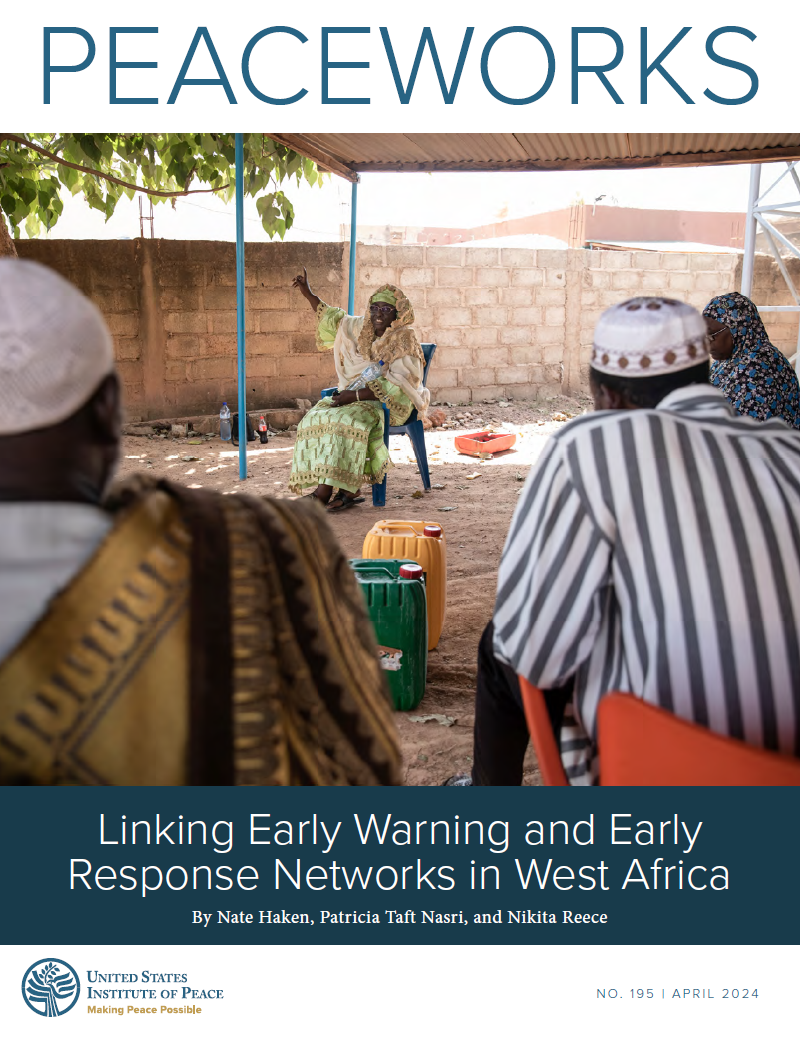
Linking Early Warning and Early Response Networks in West Africa
Haken et al. 2024 | This research report examines the early warning and early response ecosystem in West Africa.
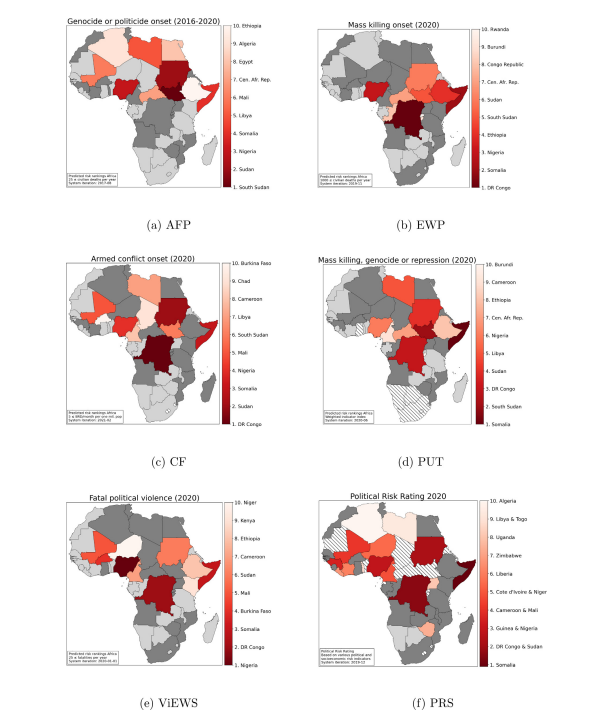
A Review and Comparison of Conflict Early Warning Systems
Rod E et al. 2023 | Comparative analysis of early warning systems considering parameters, forecasting capabilities, transparency, and accessibility.
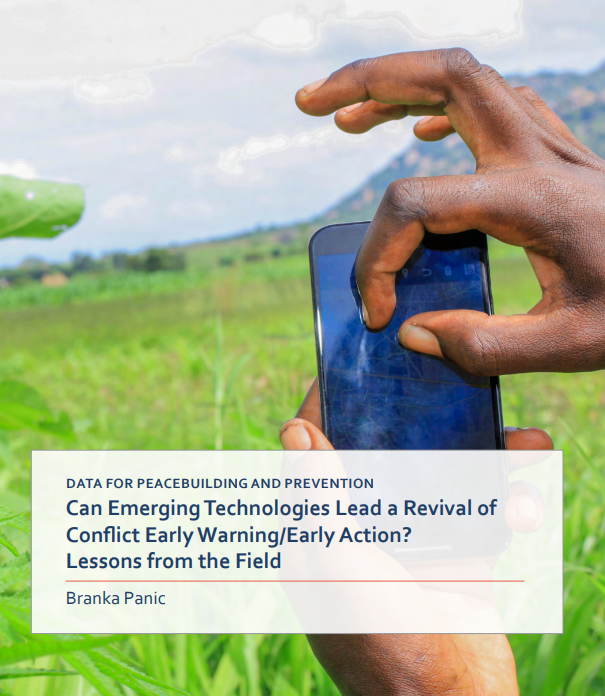
Can Emerging Technologies Lead a Revival of Conflict Early Warning/Early Action? Lessons From the Field
Panic B, 2022 | This article discusses several novel technologies and methodologies while also considering how global circumstances are affecting conflict early warning.
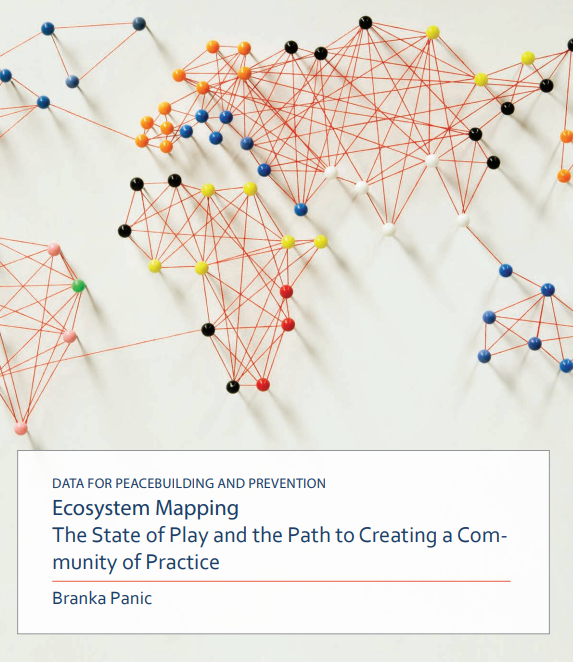
Ecosystem Mapping: The State of Play and the Path to Creating a Community of Practice
Panic B, 2020 | This research documents trends and advances in technologies and methods used by organizations to support their efforts in peacebuilding, human rights protection, and more.
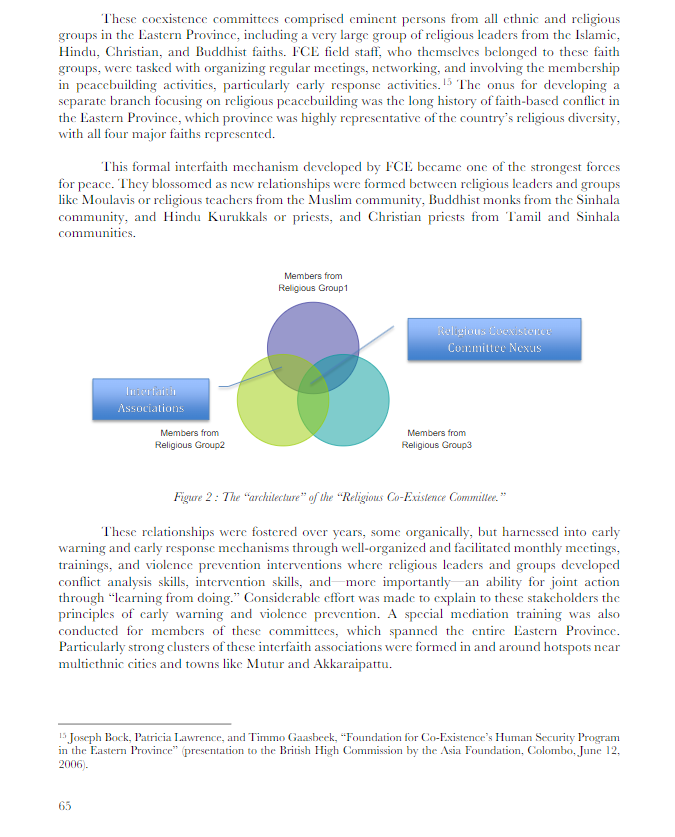
Faith-Based Conflict Early Warning: Experiences From Two Conflict Zones
Palihapitiya M, 2018 | Examining how Faith-based early warning systems can help identify early signs of violence.
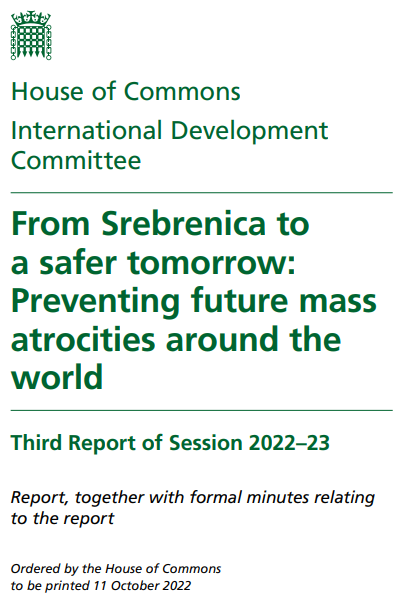
From Srebrenica to a Safer Tomorrow: Preventing Future Mass Atrocities Around the World
The United Kingdom’s strategy for addressing atrocity risk.
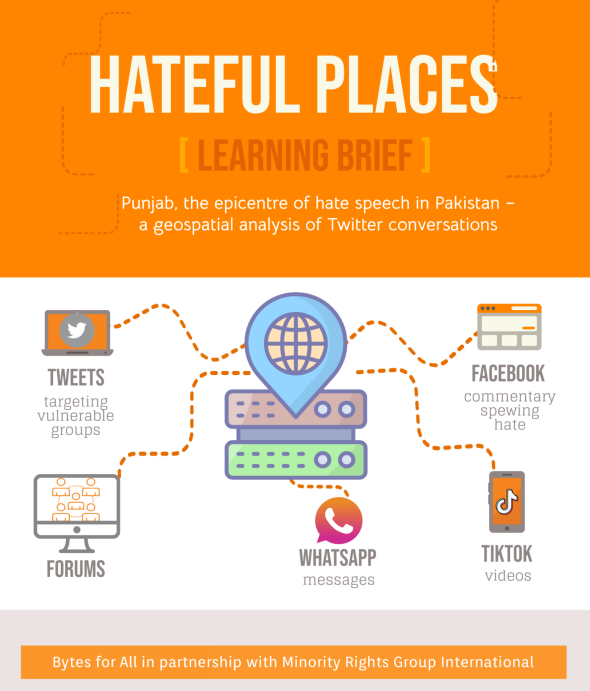
Hateful Places: Punjab, the Epicentre of Hate Speech in Pakistan – A Geospatial Analysis of Twitter Conversations
Baloch H, 2022 | Social media analysis of religious hate speech across major cities in Pakistan.
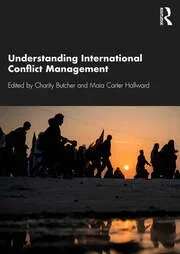
Information and Communication Technologies for Peace
Palihapitiya M et al., 2019 | An analysis of ICTs like digital technologies to track events conflict, counteracting rumors, and tracking patterns in big data for early warnings of disruption.
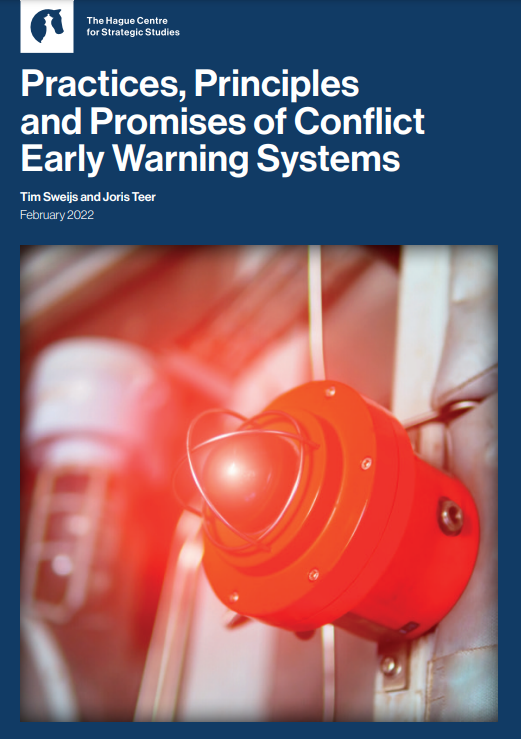
Practices, Principles, and Promises of Conflict Early Warning Systems
Sweijs T and Teer J, 2022 | This report highlights essential components of an early warning system, based on a thorough examination of 11 existing early warning systems.
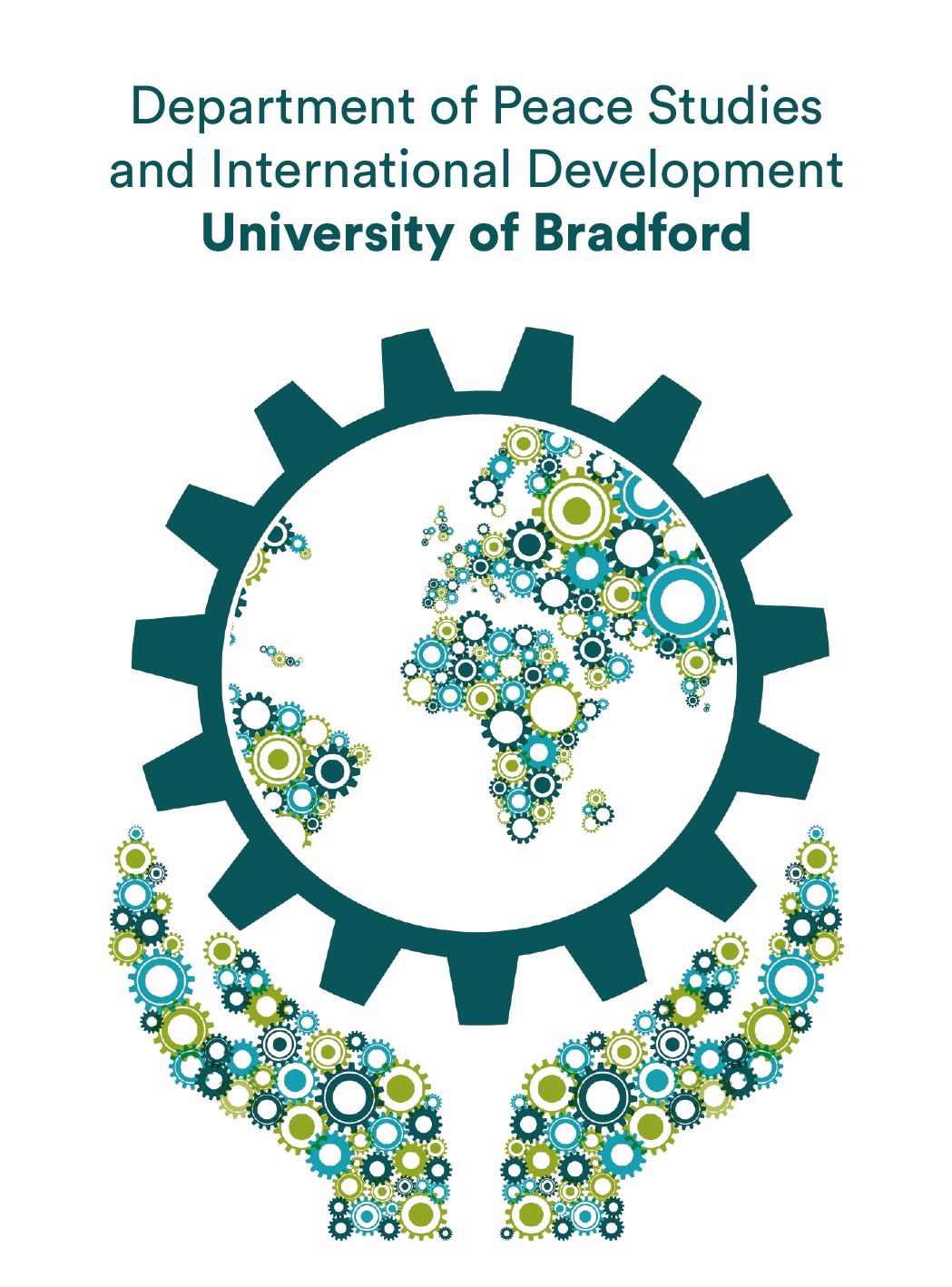
Reflections on the Evolution of Conflict Early Warning
Muggah R and Whitlock M, 2022 | This article describes the evolution of early warning systems over the last 40 years, discussing tremendous progress and limitations.
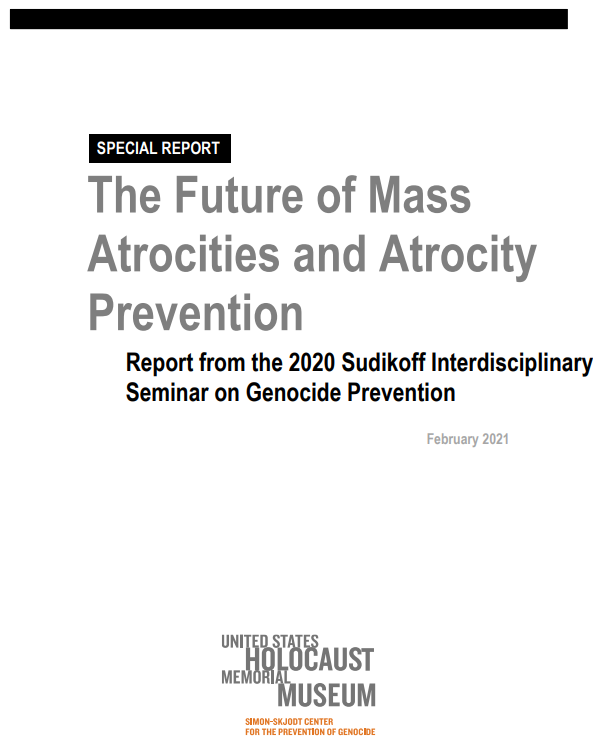
The Future of Mass Atrocities and Atrocity Prevention
Compilation of expert perspectives on how mass atrocities and mass atrocity prevention efforts may evolve over the next decade.
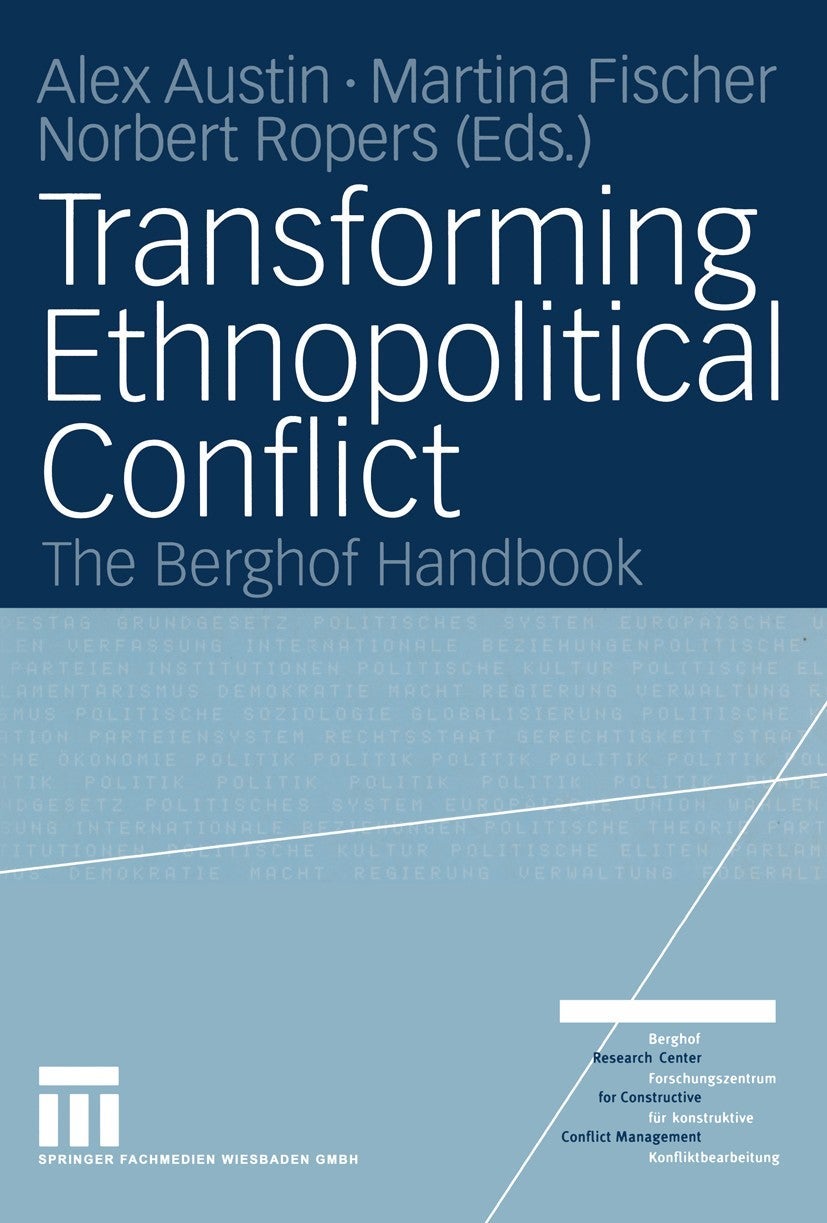
Transforming Ethnopolitical Conflict: The Berghof Handbook
Austin A et al., 2004 | The Berghof Handbook offers practitioners and scholars a systematic overview of the state-of-the-art conflict transformation processes.
Webinars and lectures

Basic Concepts of Early Warning Early Response
Learn some of the higher-level concepts of conflict EWEA here. The password to view is ‘trustnetwork’
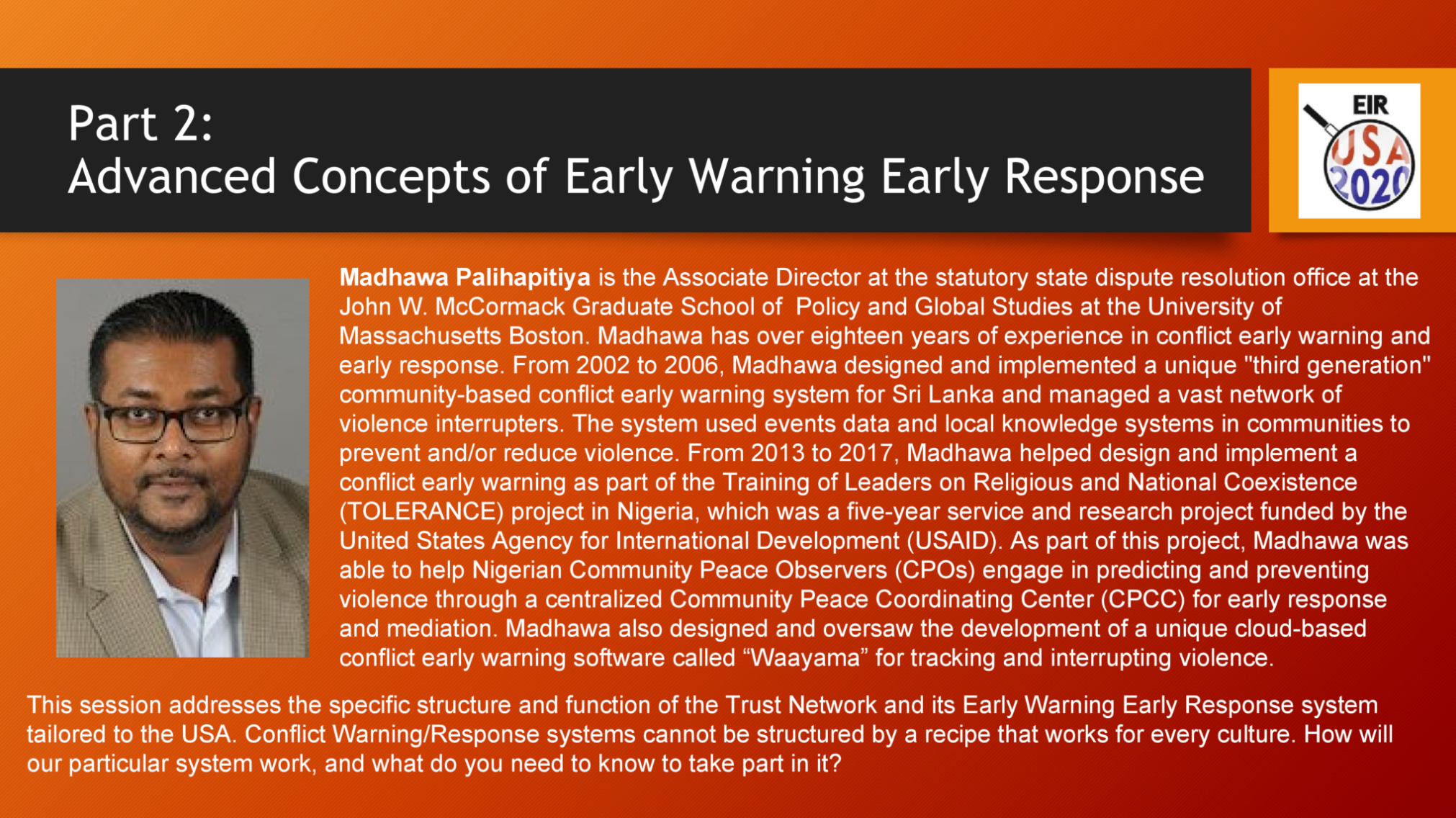
Advanced Concepts of Early Warning Early Response
Understanding the taxonomy of key EWEA concepts for atrocities prevention. The password to view is ‘trust’

Early Warning and Early Response: What is that?
Learn how to harness the potential of existing capacities for peace while fueling them with early warning information
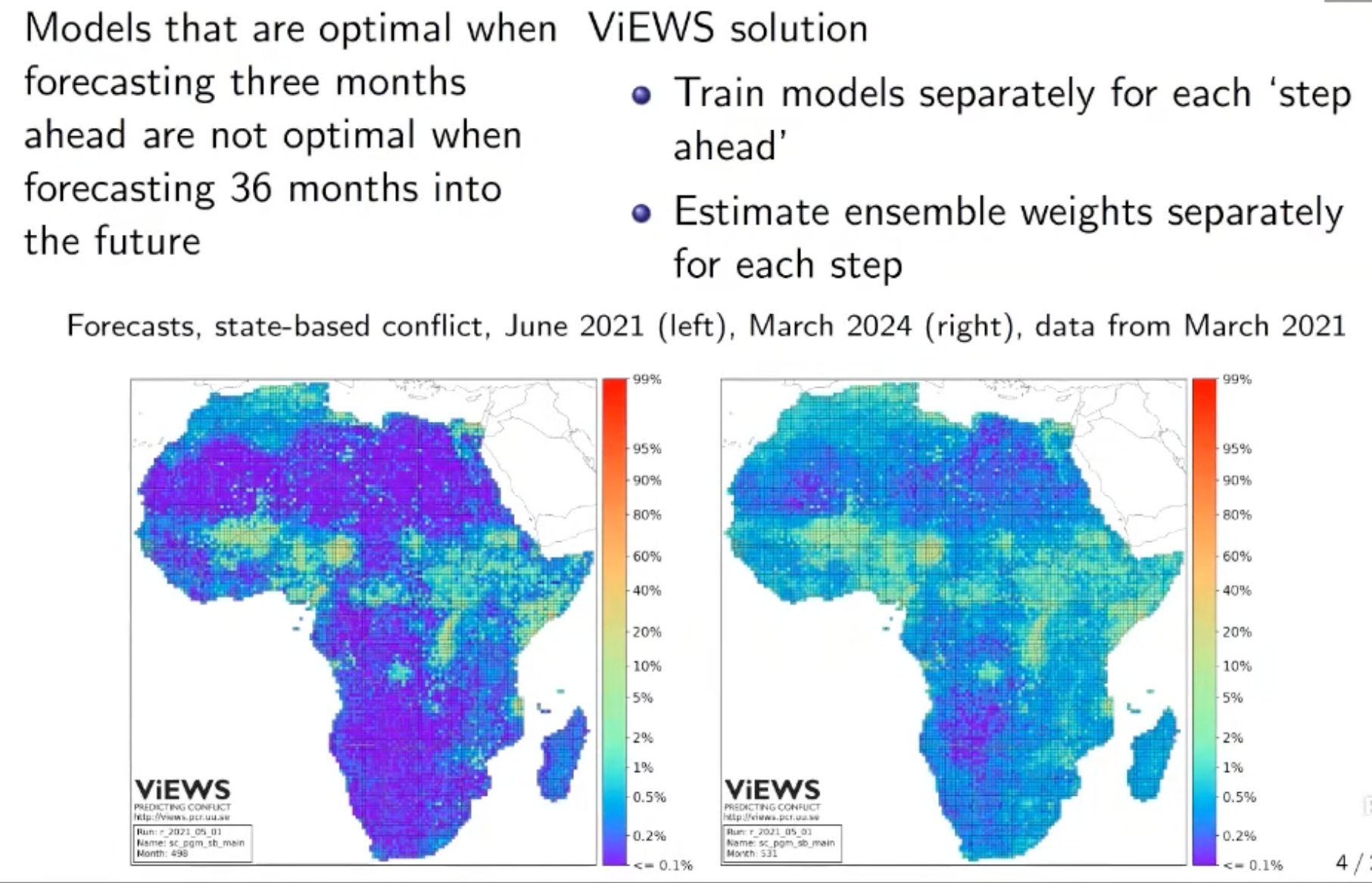
Emerging Best Practices for Predictive Model Development & Use
Excerpts of recent innovative research in the forecasting of conflict, including availability of refined data, new theoretical insight, and progress in computational techniques

